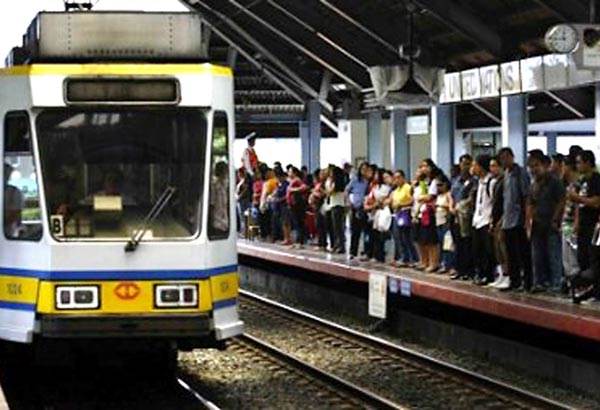
Reading Time: minutes
But even with a generally positive outlook for economic growth and development, one thing that stands in the way of the Philippines' Next Eleven economy is the poor state of the country's infrastructure.
The Philippine economy has made a strong comeback in recent years, reawakened from years of economic slump. With its unprecedented growth momentum, it has posted a 7.2 percent record-high GDP in 2013 and has an above 6 percent projected growth this year according to some economists. This brings back business confidence in the country and putting the spotlight to its investment potential. But even with a generally positive outlook for economic growth and development, one thing that stands in the way of the Philippines' Next Eleven economy is the poor state of the country's infrastructure.
How poor infrastructure is holding back PH
Power crisis and water shortage
With skyscrapers and high-end lifestyle and urban spots proliferating in every corner of the city's central business districts and prime spots, it would seem that Metro Manila is turning into a global city. But even with fast-paced real estate developments and world-class residential and commercial projects, underneath these advancements and modern evolution are burgeoning problems with infrastructure. There's the power crisis and rising cost of electricity that aren't only affecting common households but also businesses with the increasing cost of running a business. There have been rolling blackouts that even reached the metropolis, a key center for business, investments, and trade in the country. While there's an increasing demand for power supply, there are insufficient power plants and energy sources. As a result, power isn't only unreliable but also one of the most expensive in Southeast Asia. And it seems that the country isn't only falling short on supply for electricity. There's also a shortage in running water in some communities, particularly in poor areas in the country where water has to be fetched.
Based on a study conducted by Japan International Cooperation Agency, the loss amounts to 876 billion pesos annually (or about $20 billion), taking a toll on the local economy with about $250 billion drain.
Subpar telecommunications facility and poor transport system
The slow Internet connection in the Philippines, compared to other countries, has made the headlines recently. Telecommunication networks and facilities remain subpar. And if the Philippines were to move forward and become a sweet spot for global businesses and investments, Internet speed and other telecommunication facilities need to meet more than just the basic requirements. The poor road and transport system in the country also has a huge impact on businesses. As you ply EDSA, a major thoroughfare in the metropolis, you'll have to brave the hour-long traffic. Mass transit trains aren't that reliable because of poor maintenance, while public utility vehicles congest the city roads and exacerbate the traffic problem with lack of discipline and reliable transport system. And there seems to be no easy escape from the bottleneck. In the point of view of average Filipino workers, the heavy traffic and poorly managed transport system translates into hours lost in traffic and travel inconvenience. But from an economic perspective, this daily transportation grind, with about 2.2 million vehicles plying the road, results in waste of energy and reduced productivity. Based on a study conducted by Japan International Cooperation Agency, the loss amounts to 876 billion pesos annually (or about $20 billion), taking a toll on the local economy with about $250 billion drain.
The Ninoy Aquino International Airport, which serves as a main gateway for international travelers in the country, was even named one of the worst airports in the world for several years.
Crumbling road networks and substandard airports
Especially in other regions in the country, lack of dependable infrastructure is apparent. There are insufficient road networks and links in other provinces, which affects trade and other activities in the area. Bridges are deteriorating, too. Although the country is attracting lots of tourists with its island destinations and tourist spots, various airports remain substandard compared to progressive nations. The Ninoy Aquino International Airport, which serves as a main gateway for international travelers in the country, was even named one of the worst airports in the world for several years. There've been issues with collapsed ceilings, air-conditioning failure, congestion, poor service, and subpar facilities. If the Philippines were to remain competitive and would want to attract more tourists and investors, this is one area of infrastructure development that needs serious transformation.
How infrastructure development can make a big difference
Poor infrastructure in the country can keep the Philippines from surging forward and sustaining its growth momentum for many years to come. Although the service sector in the country remains strong, with the fast- growing outsourcing industry, the country can take a step further if infrastructure development plans will be realized. With better infrastructure, it's more equipped to compete with other Asian economies like China. It can develop a more progressive manufacturing industry and pick up the slack from China, which is struggling with the rising labor cost. But for that to happen, the Philippines first needs better infrastructure plans and developments that will take shape immediately. Through this, the country can attract more investments and create jobs for millions of skilled workers in the country.

